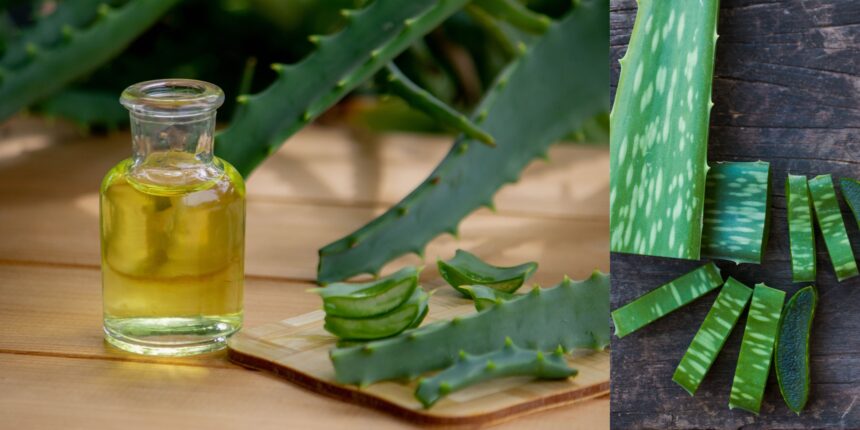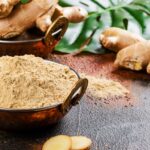As someone who loves creating natural beauty products, I’m always on the hunt for the best herbs to use in my DIY face masks. Herbs have such nourishing benefits for skin when used topically. But with so many alternatives available, which one is actually the best? I decided to dig into the research and test different homemade masks to find my new facial favorite. Here are the top contenders I discovered for making masques magnifiques.
What is the Best Natural Herb to Make a Face Mask With?
There are many Natural Herb to Make a Face Mask With like:
- Calendula for Calming and Cleansing
- Chamomile for Calm and Moisture
- Turmeric for Glowing Radiance
- Green Tea for Anti-Aging
- Aloe Vera for Healing and Hydration
Calendula for Calming and Cleansing
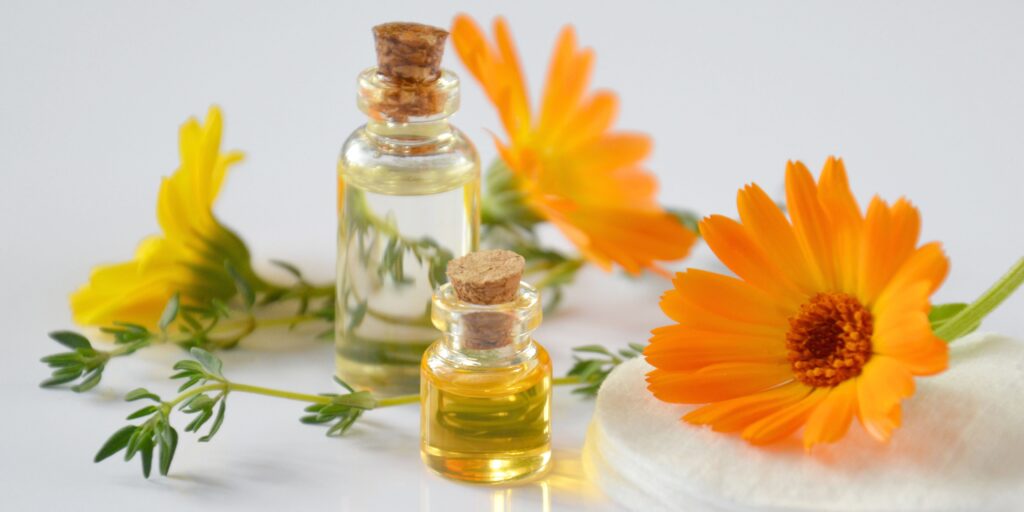
One of the most soothing herbs for sensitive skin is calendula. Also called pot marigold, it has anti-inflammatory properties that calm redness and irritation. Calendula boasts bioactive compounds called triterpenoids that give it anti-bacterial qualities as well. This makes it perfect for cleansing oily and blemish-prone complexions.
To test calendula’s effects, I whipped up a simple mask using dried calendula petals infused in warm olive oil overnight. The next day, I strained the oil and mixed it into a clay base along with a few drops of tea tree oil. The soothing golden mask left my inflamed pores feeling tightened and clear. Calendula scored bonus points for its subtle sunny scent—so nice for brightening winter skin. No wonder it remains a facial staple centuries later!
Chamomile for Calm and Moisture
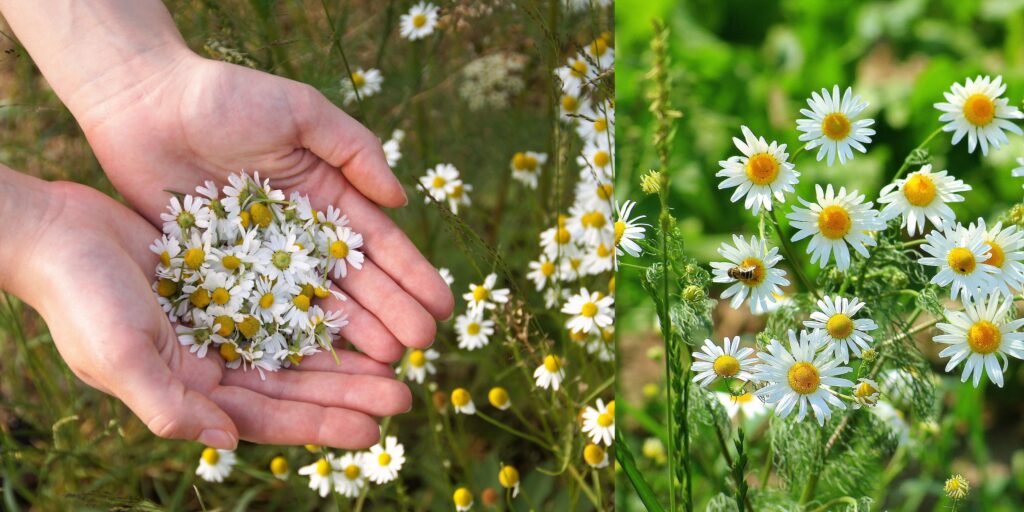
Chamomile has long been used to soothe upset stomachs, but did you know it also relieves stressed skin? This daisy-like flower contains anti-irritant compounds called bisabolol and matricin that reduce redness. It also has antimicrobial abilities so it calms breakouts from within. Chamomile’s anti-inflammatory effects even help minimize signs of aging over time.
To test its skin benefits, I steeped chamomile tea and mixed the brew with aquaphor and honey to moisturize. The light yellow liquid soaked right in, leaving my dry complexion supple and smoothed. Chamomile’s apple-pie aroma transported me to a serene field each time I wore the mask. No wonder the Romans used it for beauty too! For comfort and moisture, chamomile is a mask marvel.
Turmeric for Glowing Radiance
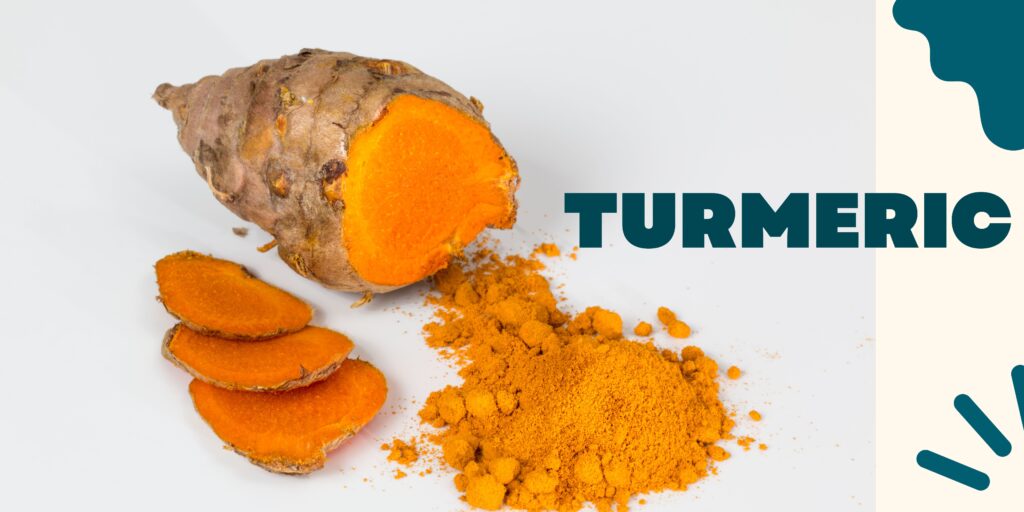
Known for its anti-inflammatory powerhouse compound curcumin, turmeric is a great herb for brighter, clearer skin. Curcumin fights free radical damage while controlling excess oil production. I incorporated 1/4 tsp turmeric powder into my favorite honey/yogurt mask for a golden glow. After letting it dry, my skin looked vibrant and fresh-faced. No more dullness—just lit-from-within radiance.
Even better, turmeric may help fade dark spots and discoloration over time with regular use. One study showed it reduced melanin levels in skin cells when applied topically. Talk about a natural skin lightener! Plus it smells like sunshine and spices. For a luminous complexion, turmeric is one herb that really delivers.
Green Tea for Anti-Aging
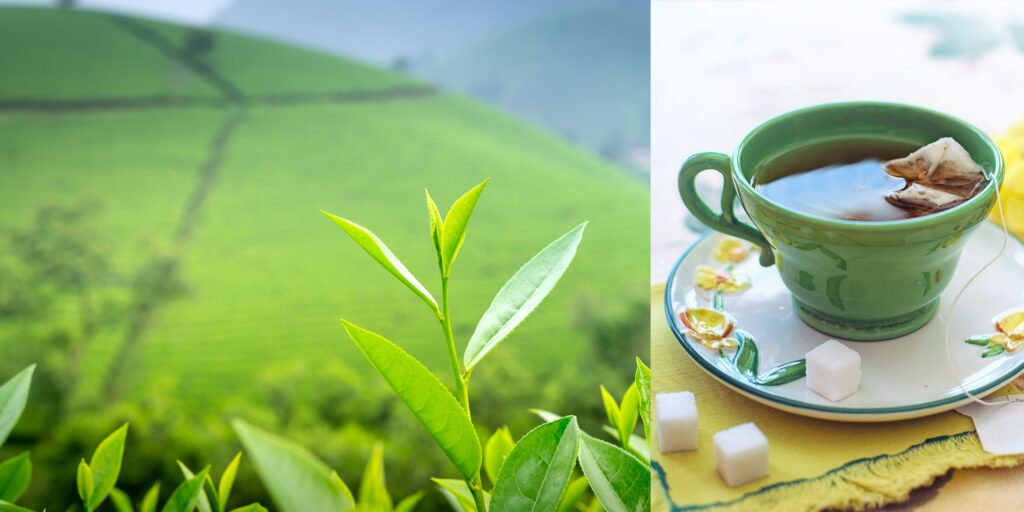
Rich in potent antioxidants called polyphenols, green tea protects the skin from environmental stressors that accelerate aging. These polyphenols neutralize free radicals and stimulate collagen synthesis. Green tea also inhibits enzymes that degrade collagen for plumper, firmer skin long-term.
To take advantage, I brewed some green tea and then mixed the liquid with aloe vera gel. The light green mask went on silky-smooth. After rinsing, my fine lines looked diminished, and pores appeared tighter. Even better, green tea’s subtle scent relaxed me as it worked its anti-aging magic. With regular application, this mask promises to keep wrinkles at bay and may even help undo some sun damage. Talk about beauty from within!
Aloe Vera for Healing and Hydration
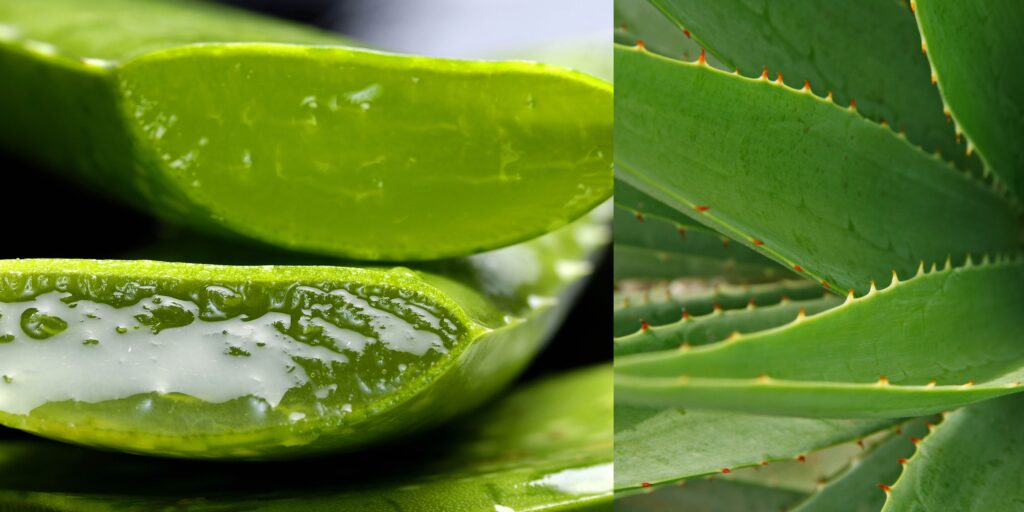
Aloe vera soothes and hydrates like nothing else. Rich in vitamins, enzymes, salicylic acid and gibberellins, aloe vera gel speeds healing of blemishes, reduces inflammation and remedies dry patches. It forms an invisible barrier on skin to lock in moisture. My go-to mask uses just pure aloe gel, which absorbs within minutes to refresh my complexion. Simple but so effective—the herb athlete of the skin world! Along with its medicinal benefits, aloe smells crisp and earthy. It deserves an MVP award for healing power and hydration every type can appreciate.
Conclusion
In the end, choosing the best herb depends on your skin’s specific needs each day. For soothing calendula wins, while radiant turmeric takes top honors when I want a glow. Chamomile moisturizes in a pinch, and aloe gel heals and hydrates through it all. But green tea stays in regular rotation for its anti-aging edge. By listening to your skin and experimenting with different herbs, you can discover your new facial favorite for a naturally beautiful complexion!
How long should I leave the calendula-infused mask on my face?
Here are a few tips on how long to leave a calendula-infused face mask on:
When it comes to masks featuring calendula’s anti-inflammatory properties, I find 10-15 minutes is usually sufficient to let its soothing qualities sink in. Its gentle nature means you shouldn’t need to keep it on as long as some stronger masks. Start with 10 minutes to gauge your skin’s tolerance.
Let it fully dry before rinsing to get the full benefits. Once dry, you may notice a tighter, refreshed feel as calendula and clay work to cleanse and balance. Be sure to moisturize after with something light like aloe vera gel.
Don’t worry about over-drying – calendula is very skin-friendly. But listen to your skin and rinse sooner if any sensitivity occurs. With regular use, I’ve noticed an immense improvement in my redness and breakouts over time. So enjoy this natural mask – your complexion will thank you!
Do you have any recommendations for aloe vera gel brands?
Here are some aloe vera gel brand recommendations based on my own testing:
Nature’s Way Aloe Vera Gel – This one is a good everyday option that’s affordable and easy to find. The formula is 99% pure with no additives to interfere with its soothing properties. The texture is lightly hydrating.
Sky Organics Aloe Vera Gel – For those with extra sensitive skin, this USDA-certified organic gel is a top pick. It’s filter sterilized to remove any potentially irritating latex. Absorbs quickly yet provides lasting moisture.
Plant Therapy Aloe Vera Gel – This gel boasts a super high 200x concentration for more potent anti-inflammatory effects. Useful for calming blistered or sunburned patches of skin in particular. Has a natural aloe scent.
Simply Nature Aloe Vera Gel – The addition of hyaluronic acid, panthenol and allantoin in this formula makes it especially reparative for dry, damaged skin types. Texture is deeply hydrating yet non-greasy.
Aloe Caballero Aloe Vera Gel – Certified fair trade and cruelty-free, this gel contains nutrients from whole-leaf aloe extraction. Great for moisturizing larger areas economically. Spreads smoothly for a subtle aloe glow.
I’d suggest sampling different ones to see which consistency and concentration work best for your skin’s needs on any given day. Aloe vera gels are a skin-soother staple!

